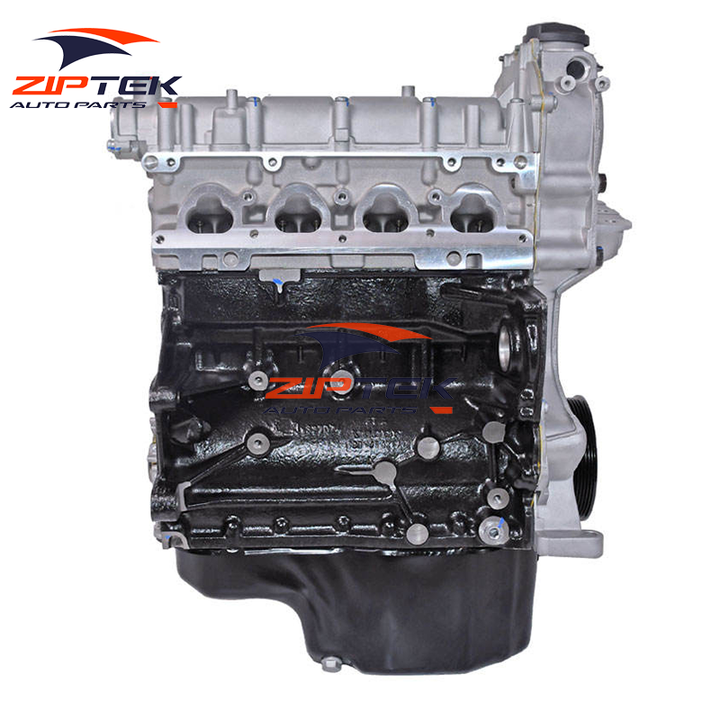Avoid operational issues with a well-tuned clp engine.
Avoid operational issues with a well-tuned clp engine.
Blog Article
Just How a Clp Engine Can Boost Efficiency in Numerous Industries
The development of CLP engines marks a substantial shift in operational efficiency throughout various industries, driven by their capacity to optimize gas usage and reduce downtime. As companies progressively prioritize sustainability along with performance, the function of CLP engines ends up being even a lot more essential.
Review of CLP Engines
CLP engines, or Constant Fluid Propellant engines, stand for a substantial advancement in propulsion technology, particularly for space applications. These engines utilize a constant feed system that permits for the sustained expulsion of propellant, leading to boosted performance and performance contrasted to conventional strong or hybrid propulsion systems. By preserving a continuous flow of fluid propellant, CLP engines can accomplish more accurate drive control, which is vital for steering spacecraft in numerous mission situations.
The layout of CLP engines incorporates advanced materials and cutting-edge gas administration systems. clp engine. This causes minimized weight and enhanced integrity, vital variables for long-duration room objectives. Furthermore, the constant operation decreases the danger of combustion instability, an usual challenge in traditional rocket engines.

Advantages in Production
The production of Continual Liquid Propellant (CLP) engines offers numerous significant benefits that boost both performance and cost-effectiveness. One of the main advantages is the structured production process, which lowers the intricacy connected with conventional propulsion systems. By making use of liquid propellant, manufacturers can achieve higher precision in engine performance, leading to optimized power outcome and decreased waste.
In addition, CLP engines assist in a greater degree of modularity, enabling easier assimilation right into different production lines. This versatility can substantially decrease lead times and boost total operational flexibility. The use of CLP technology also has a tendency to reduce the need for comprehensive upkeep due to fewer moving parts, which equates into lowered downtime and functional expenses.

Applications in Logistics
Leveraging Constant Fluid Propellant (CLP) engines in logistics offers substantial advantages in operational performance and reliability. These engines give a durable service for numerous transport demands, allowing the seamless movement of items across huge distances. The intrinsic layout of CLP engines permits constant power output, which equates into smoother and extra predictable transport timetables.
One of the crucial applications of CLP engines in logistics is in heavy-duty products transport, where they can drive both ground and airborne vehicles. Their ability to keep high performance under varying tons problems makes certain that shipment timelines are fulfilled, consequently enhancing customer contentment. Additionally, CLP engines can be incorporated into automated logistics systems, assisting in real-time tracking and optimizing route preparation.
Furthermore, the toughness of CLP engines lowers maintenance downtime, allowing logistics companies to maximize their operational capabilities. This is specifically advantageous in warehousing operations, pop over here where performance in handling and transporting products is essential. As logistics continues to evolve, the assimilation of CLP engines stands for a forward-thinking strategy that not just boosts performance yet additionally supports the market's expanding demands for reliability and rate.
Impact on Energy Efficiency
How do Continuous Liquid Propellant (CLP) engines enhance power effectiveness in transport? CLP engines use a regular circulation of liquid fuel, enhancing combustion procedures and preserving a steady thrust output. This layout reduces energy losses linked with traditional combustion engines, where fuel distribution can vary and lead here are the findings to inefficiencies.
The continual procedure of CLP engines enables for a much more efficient thermal cycle, resulting in greater certain impulse contrasted to conventional engines. clp engine. This converts to lowered fuel consumption for the very same amount of work done, substantially lowering operational costs across different transportation industries, including air travel and maritime sectors
Moreover, the capacity internet of CLP engines to preserve optimal efficiency under differing load conditions lowers the requirement for regular velocity and deceleration, further boosting fuel performance. Boosted energy effectiveness not only adds to set you back savings however also results in decrease greenhouse gas exhausts, lining up with global sustainability goals.
Future Trends and Innovations
Arising advancements in Constant Liquid Propellant (CLP) engine technology pledge to transform the landscape of transport effectiveness and sustainability. As sectors pivot towards greener choices, CLP engines stand at the leading edge, incorporating ingenious materials and style techniques that enhance performance while decreasing environmental impact.
Among one of the most encouraging fads is the fostering of crossbreed systems that integrate CLP engines with eco-friendly power resources. This synergy can enhance gas usage and reduce exhausts, lining up with worldwide sustainability goals. Innovations in computational fluid characteristics (CFD) are assisting in the design of even more aerodynamically efficient engines, leading to reduced drag and enhanced gas effectiveness.
Moreover, the growth of wise monitoring systems is set to enhance operational performances. These systems take advantage of data analytics and IoT technology to enhance engine performance in real-time, ensuring that the engines operate within their most effective parameters.
As research remains to check out different propellant formulations-- such as biofuels and artificial fuels-- the future of CLP engines looks promising. By taking advantage of these advancements, sectors can not just boost their performance but additionally add substantially to a cleaner, a lot more sustainable future in transportation.
Verdict
In conclusion, CLP engines stand for a significant improvement in effectiveness across several industries. The assimilation of advanced products and fewer moving components minimizes upkeep requirements, while alignment with sustainability goals settings CLP engines as a critical modern technology for the future.
Report this page